Dr. Maria Montessori, an Italian physician and educator, revolutionized children development and education with the Montessori parenting method.
“We teachers can only help the work going on, as servants wait upon a master.”
– Maria Montessori
So, what does Montessori parenting actually mean?
It’s a teaching philosophy like any other. However, the Montessori parenting style doesn’t resemble the ultimate guide as to how you should raise your kids.
Nevertheless, it broadens your knowledge and sharpens your parenting skills.
In the following guide, we will examine key points such as the principles of the Montessori method, what gentle parenting means, and how you can raise resilient children while nourishing their sense of freedom and independence.
Let’s take a look at how this parenting strategy can help you raise your children.
The Principles of the Montessori Method
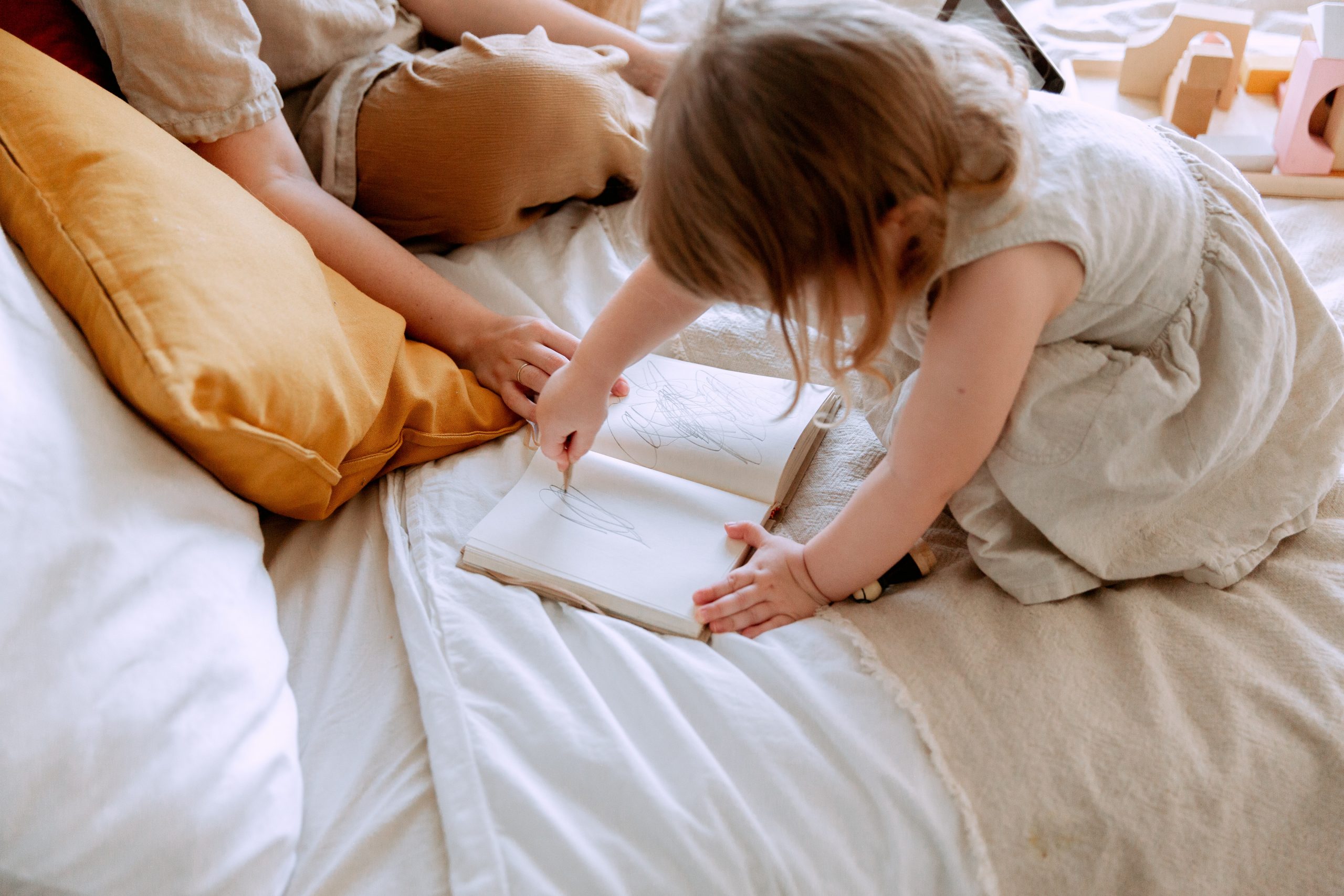
What is the Montessori parenting style, anyway? Well, the Montessori method defines principles that lead to better and more efficient parenting. So, let’s take a moment to examine them one by one, in order to get the full picture.
- Respect. You teach respect by showing respect.
- Independence. Give your child the freedom to grow.
- Freedom. Freedom works wonders, but keep it within limits.
- Prepared Environment. Your learning space must be well structured.
- Play Means Work. The more your children play, the more they learn.
- Hands-on Learning. Children learn best through interaction.
- Observation. Understand your child by seeing the world through their eyes.
By understanding these principles, you get a better idea of what the Montessori method entails. As you can see, it focuses on gentle parenting, which naturally helps you create a strong, healthy and empathic relationship with your child.
You’re encouraged to apply these Montessori principles at home, as well, because the method works best when the child continuously grows and learns.
Now that we’ve glossed over the principles of this method, let’s dive into the details and examine them thoroughly, starting from the foundation of respect.
1. What It Means to Respect Your Child
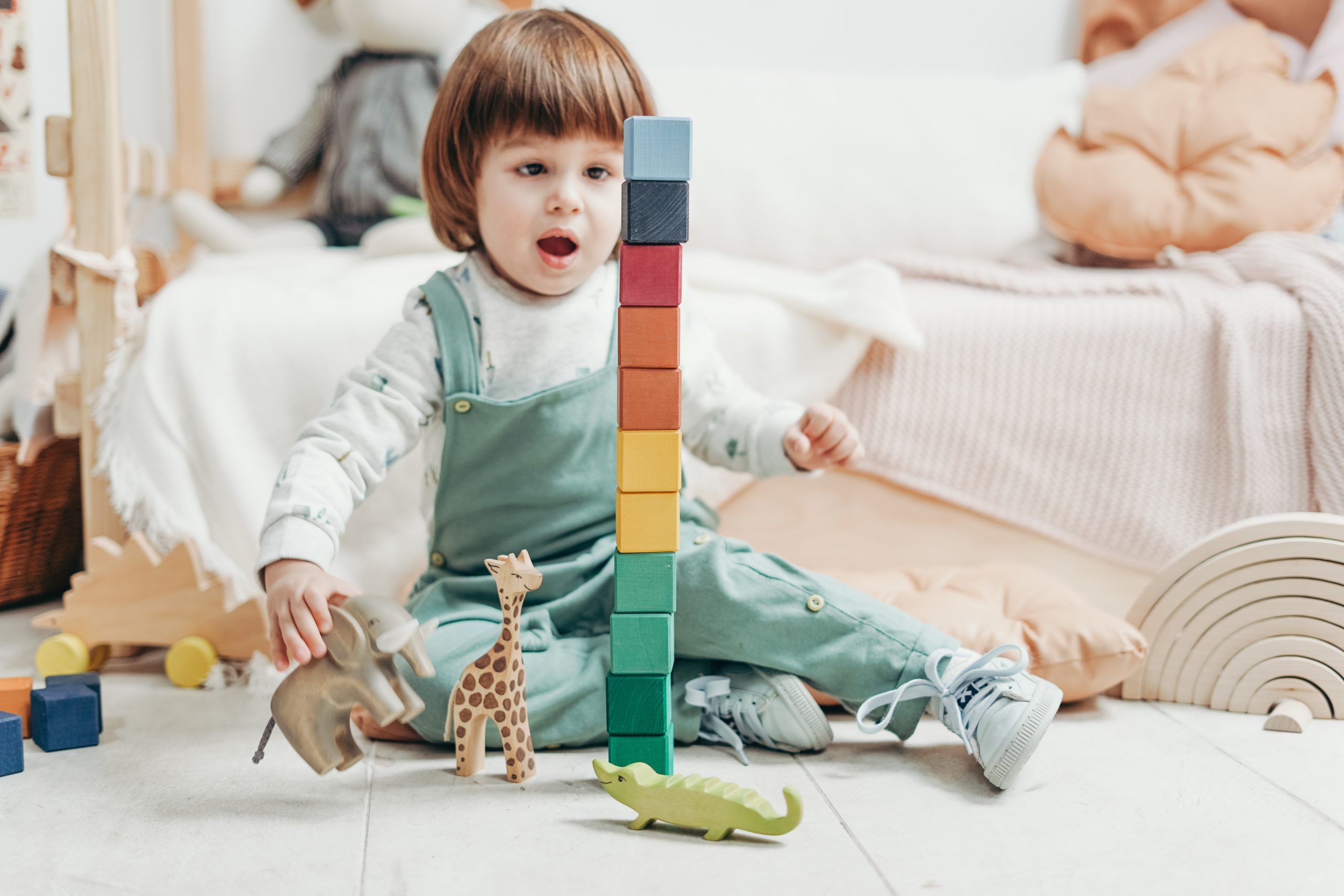
Children need respect. It’s not the matter of treating them as equal, but a matter of using the Montessori method in order to see the world through their eyes, to understand them and, above all else, to trust your children, too.
Respect has many sides and it’s a sort of subtle art. It takes observation.
Sometimes, you may feel as if your child is deliberately disrespecting you. If so, consider if you’re giving respect in return. Despite their young age, a child needs to feel valued. Their sense of self-worth grows through mutual respect.
It all starts with trust and respect when it comes to the Montessori method.
Although treating your child with respect can be done in many ways, it all comes down to acknowledging their independence, their individuality.
The Montessori method teaches that every child is different. That’s exactly where observation comes in. It falls to you to observe your child carefully, to study their behavior in order to figure out their strengths and weaknesses.
With that in mind, you can start developing your parenting strategy efficiently.
Every child learns and behaves differently, so it’s important to respect the way by which they interact with the world. Even if they make mistakes in a safe environment, respect them enough to allow them to learn from them.
2. Acknowledge Your Child’s Independence

The Montessori parenting style is all about providing your child with a safe and healthy learning environment. So, you’re not doing the teaching directly. Rather, it’s your child that’s interacting with the world and growing through experience.
That’s how you develop their sense of independence.
The Montessori style teaches parents that they have a responsibility.
You’re providing all the tools your child needs and the observation necessary so as to alter your approach when necessary. Focus on their individual needs. Value their uniqueness. Above all else, give them a voice and be ready to listen.
You may find that your child has many gifts and talents. However, it’s not talents or predispositions that you should concentrate on rewarding, but the process of learning itself, because that’s what’s going to help them in the long run.
The Montessori method encourages individual thinking, as well.
Yes, your child may make mistakes, but that’s part of the process, too. Try trusting your child with more difficult challenges. So long as their interest in things matches their desire to grow, keep on providing learning opportunities.
3. Giving Your Child Freedom, Safely

The Montessori parenting style involves giving your child the freedom they deserve. Of course, freedom doesn’t imply the abandonment of safety. Instead, it falls to you to create safe opportunities for your child to interact with the world.
The freedom you provide empowers their sense of confidence.
Although the Montessori method has many crucial principles, punishment is NOT one of them. As an alternative, the principles of the Montessori method prioritize instilling a sense of responsibility and teaching consequences.
The way you prepare the environment for your child’s growth sets the tone as to what goes. However, children are naturally very clever. So, they’re likely to mess things up in a way that may leave you feeling frustrated. That’s okay.
Here’s how the Montessori method describes it.
Set an example. Your child looks up to you and draws from your energy. So, if you want to teach your child how to behave, behave so yourself. Of course, this practice demands a great deal of self-control, patience and commitment.
Your child won’t get everything right all the time, but knowing how not to punish is just as valuable as teaching discipline through calm communication.
4. How to Prepare a Healthy Learning Space
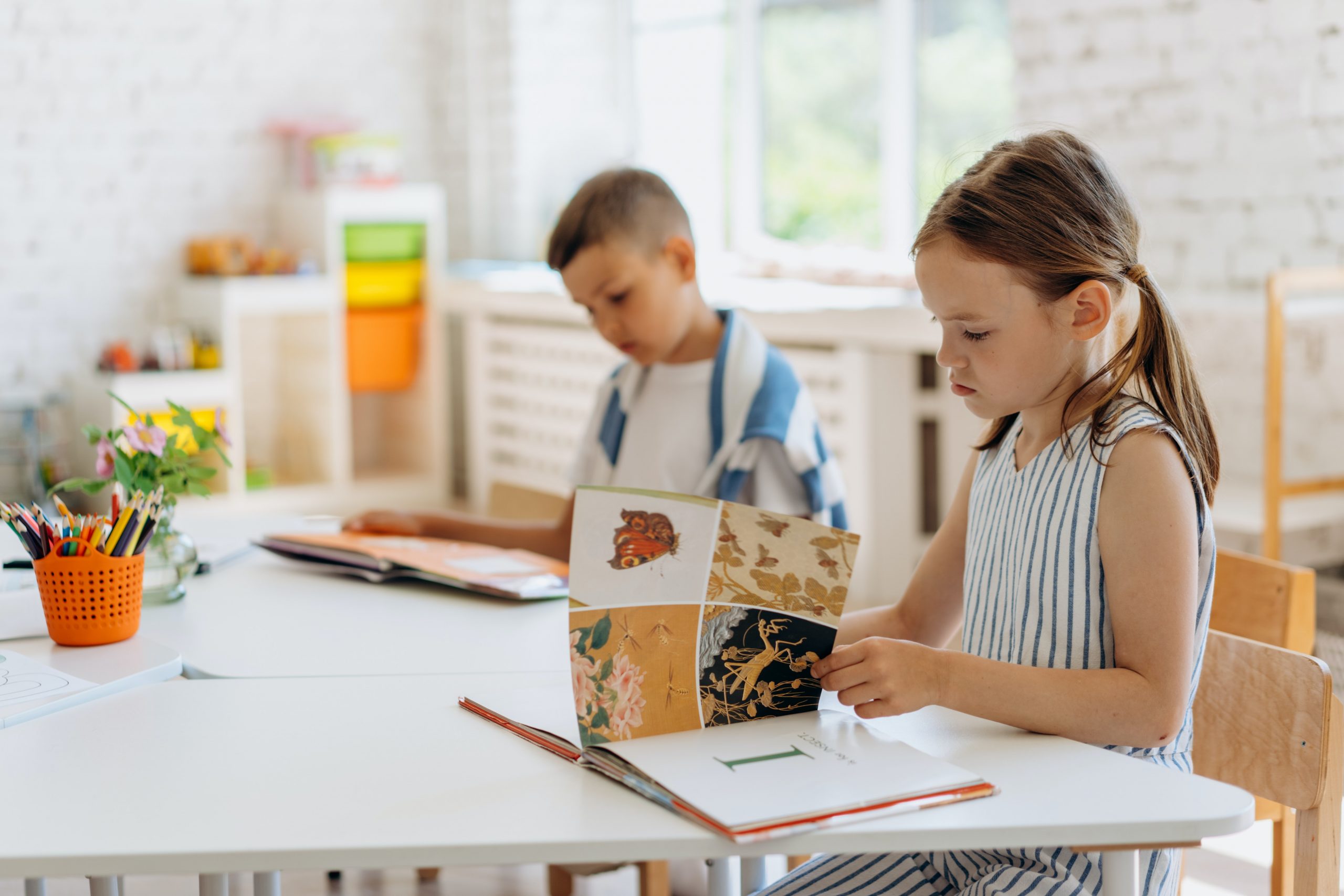
The Montessori method helps parents organize and prepare a safe and meaningful environment at home, too. You can make your own classroom at home and it doesn’t have to get in the way of your everyday life at all.
Here’s what the Montessori method has to say about it.
Of course, you should start by childproofing your space. That means removing anything that may cause your children physical harm. Make sure that your children have easy access to all the tools and materials they need.
When it comes to materials themselves, everything you put within your children’s reach should have some sort of purpose. So, whatever they decide to pick up should always end up expanding their knowledge and experience.
Try not to focus on one thing. Books can be great, but too much reading at a young age can actually be detrimental to your child’s growth. Do everything in moderation and try to keep it fresh and exciting with new things, as well.
With the Montessori method, parents should be patient with their children.
Everyone progresses at their own pace, so it’s important that you don’t rush things. Give them the freedom to navigate the world at their own pace.
The learning space you create at home should be balanced, child-sized and well organized. It’s meant to inspire children to make their own decisions so as to develop their confidence and gain a clear sense of individuality.
5. Why Play Equals Work

Kids learn by playing.
As your children play, their knowledge grows. That’s why the Montessori method of parenting prioritizes play over work, because, well, play equals work.
No matter how messy it gets, you should never discourage playing. In fact, you should only intervene if they find themselves in harm’s way. The Montessori method teaches parents to encourage a hands-on approach to knowledge.
As adults, sometimes we forget that children learn in different ways. While we often stop to think, kids do, touch and explore. They get their hands dirty. It’s how they experience the world and should be allowed to do so continuously.
With the Montessori method, parents can create a safe and meaningful environment that provides exciting activities. It’s exactly by way of these fun and interactive activities that children expand and rewire their brains.
Even though playing sounds as if you’re rewarding kids for their hard work, playing, in fact, equals work. It’s how children learn, develop their imagination and interact with the world in a way that makes them feel happy and joyful.
6. How Hands-On Learning Helps Children

A hands-on approach stimulates your child’s sense of wonder.
By surrounding them with creative, exciting and interactive tools and materials, your child never ceases to grow. It’s something that you have to keep in mind as a parent when you start organizing your own little classroom at home.
After all, the Montessori method explains that education isn’t exclusively done at school, because parents have a responsibility to apply the Montessori parenting method at home, as well, so as to get all the benefits from it.
Children learn best through trial and error.
In fact, sometimes the best way to help your children is to do nothing at all. As a parent, it’s your duty to give them time and space to work on the challenges they face, to give them time to reflect and learn from their mistakes.
Whether at home or at a school classroom, a hands-on environment represents the very basis of the Montessori parenting method. It encourages exploration, independence, creative thinking and teaches the lesson of consequences, too.
7. The Importance of Observation
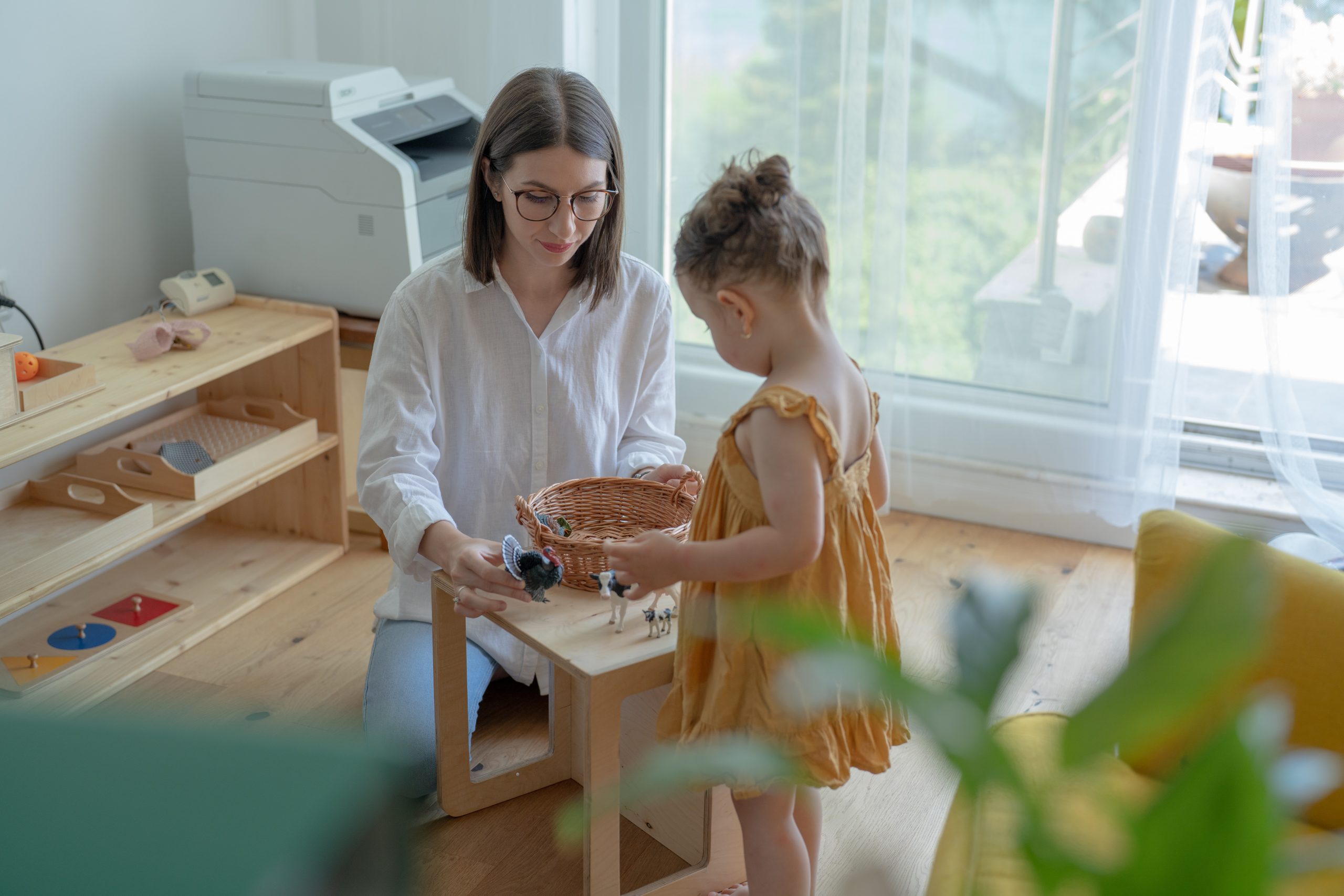
This is what Montessori parenting comes down to, your ability to observe.
As a parent, you have a responsibility to monitor your child’s growth. So, that means altering the materials and the education you provide in accordance with their needs. To ensure what’s best for your children, listen and observe.
As your child learns and develops, your home should transform, too. That way, you secure a constant influx of knowledge and education for your children. The Montessori method encourages parents to introduce variety and contrast.
Keep it balanced. Even though your child may show interest in music, for example, it shouldn’t be all they do. During their young and impressionable age, it’s important that parents allow their children to experience life in many ways.
As a parent, your ability to observe makes the difference.
Devote your time towards understanding how you can improve or alter the learning process for your children. A Montessori teacher uses the tool of observation to efficiently view life through the eyes of their students.
Practicing the Montessori Method at Home

The Montessori method works best when the parenting and the teaching match. So, take the time to create an organized space for your child at home. Here’s a few principles that can help you get started on the right foot:
- Make sure to childproof the area. Provide the materials they need.
- Allow your child to explore the world on their own.
- Observe. Consider what you can do to improve their learning space.
- From an early age, include them in your daily life, as well.
- Be the leader, but lead by example.
Parents enjoy the Montessori style because it teaches them, too. After all, there’s no better person suited to teach you the lesson of patience than your own child. With the Montessori method, parents learn just as much as children.
In the end, a home that practices the Montessori method aims to meet the child’s needs. So, reflect on the Montessori principles covered in this article and make parenting fun by incorporating them in your child’s everyday life.
Conclusion
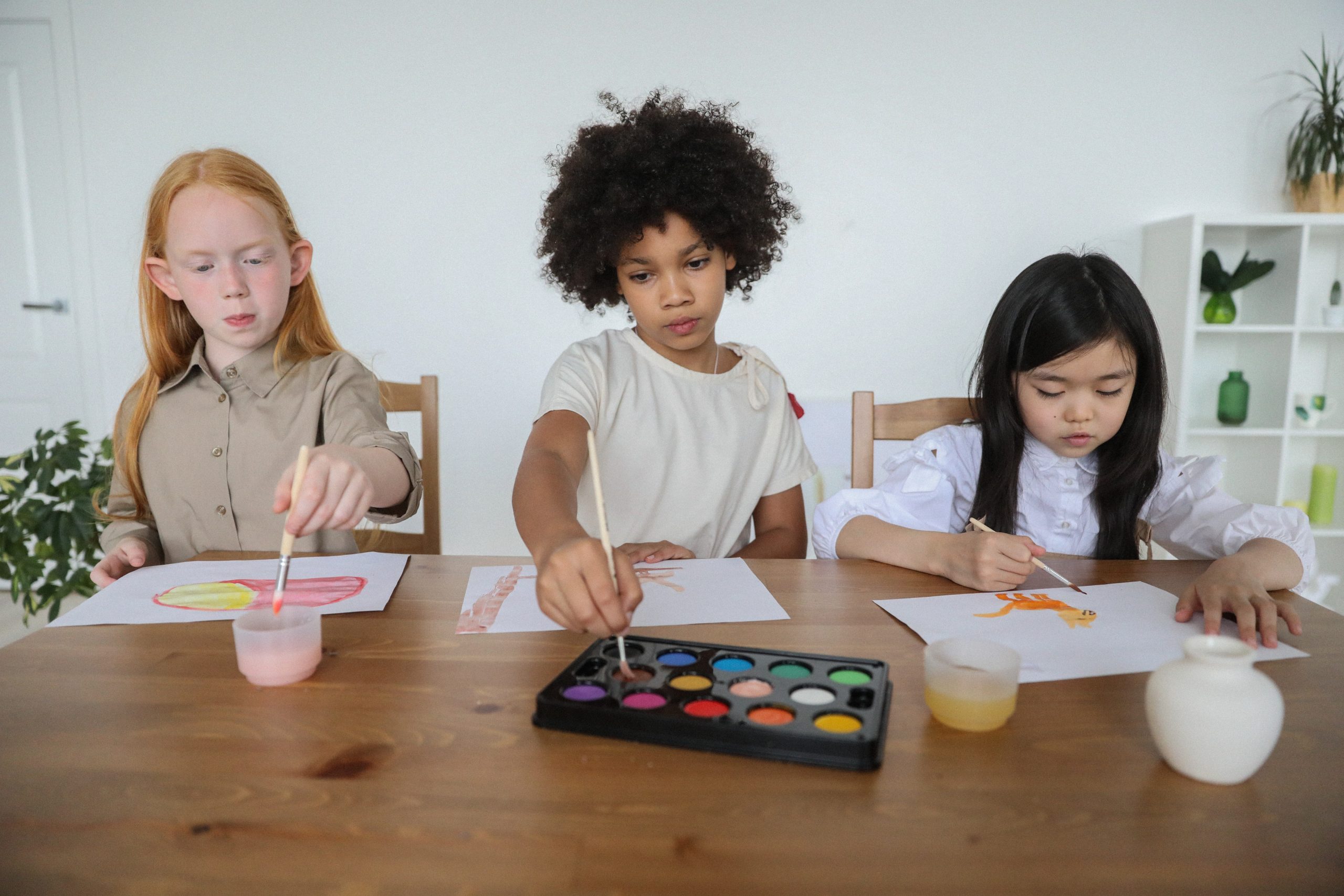
The Montessori method helps parents create a healthy hands-on learning environment that gives their children a sense of freedom and independence.
With the Montessori style of education, parents aren’t directly teaching their children. Instead, they’re creating an environment that allows their children to experience the world at their own pace, but in a safe and structured classroom.
As opposed to grades, tests, stress, pressure and punishment, the Montessori parenting method encourages parents to allow their children to choose how they play and work. Naturally, the parents provide the educational tools.
As such, Dr. Maria Montessori changed the way we practice education and how parenting should be done. Nevertheless, the Montessori method remains but one of many educational paths that parents can choose for their children.
The self-directed Montessori approach helps young children in many ways, of course, but that doesn’t mean that there aren’t other just as valuable and significant ways of educating and parenting children that work just as well.
As a parent, do well to educate yourself about all the various methods of parenting in order to improve the quality of your child’s life and their education.

Mother of three and a primary school teacher. I’ve always loved being around children and helping them, so I chose my path as a teacher. It is sometimes hectic with three children, but I am 100 percent into it and wouldn’t change it for anything in the world.


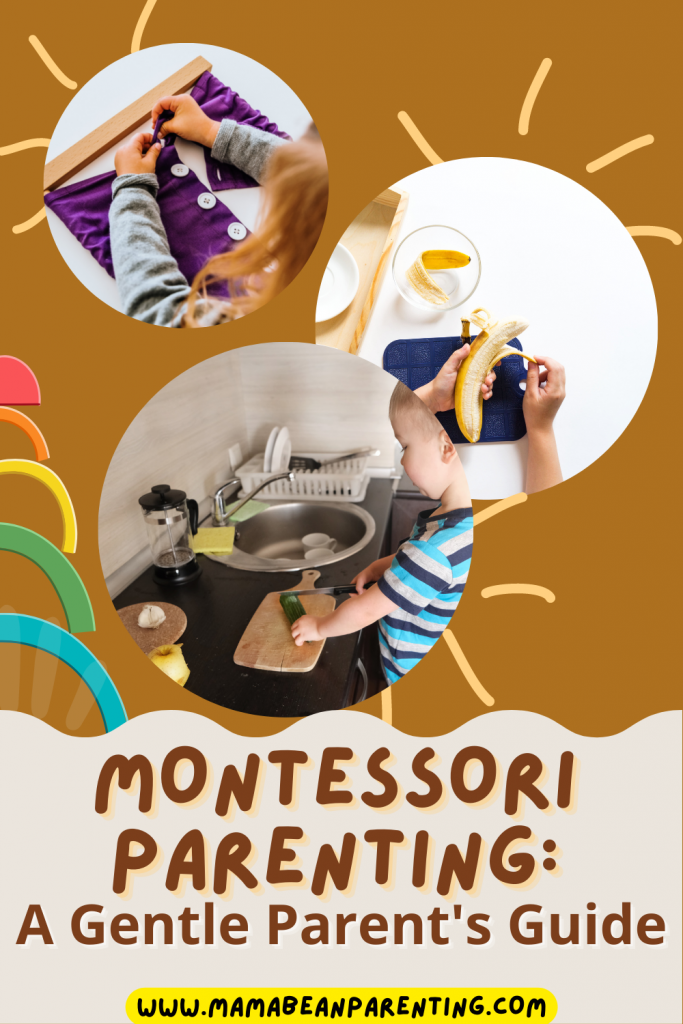
Which Parenting Style Is Most Encouraged In Modern America? • Mama Bean Parenting
Monday 24th of July 2023
[…] about Montessori parenting is also a great way to educate yourself about parenting tricks, tips, and […]
Worst Age to Start Daycare • Mama Bean Parenting
Thursday 30th of March 2023
[…] So, a safe and educative environment can do wonders for your baby’s development. You may even want to look into the Montessori method. […]
Montessori DIY Toys: 9 Creative and Effective Ideas • Mama Bean Parenting
Friday 10th of February 2023
[…] Montessori method of teaching is a popular approach to education built around the idea that children have the […]
Baby Push Walker Development: First Step • Mama Bean Parenting
Wednesday 8th of February 2023
[…] the other hand, the Montessori method enables the use of a baby […]
The Montessori Reading Method: Learning Made Fun • Mama Bean Parenting
Monday 6th of February 2023
[…] reading is a part of the Montessori parenting method developed by Dr. Maria Montessori in the early 20th century. Based on self-directed activities, […]